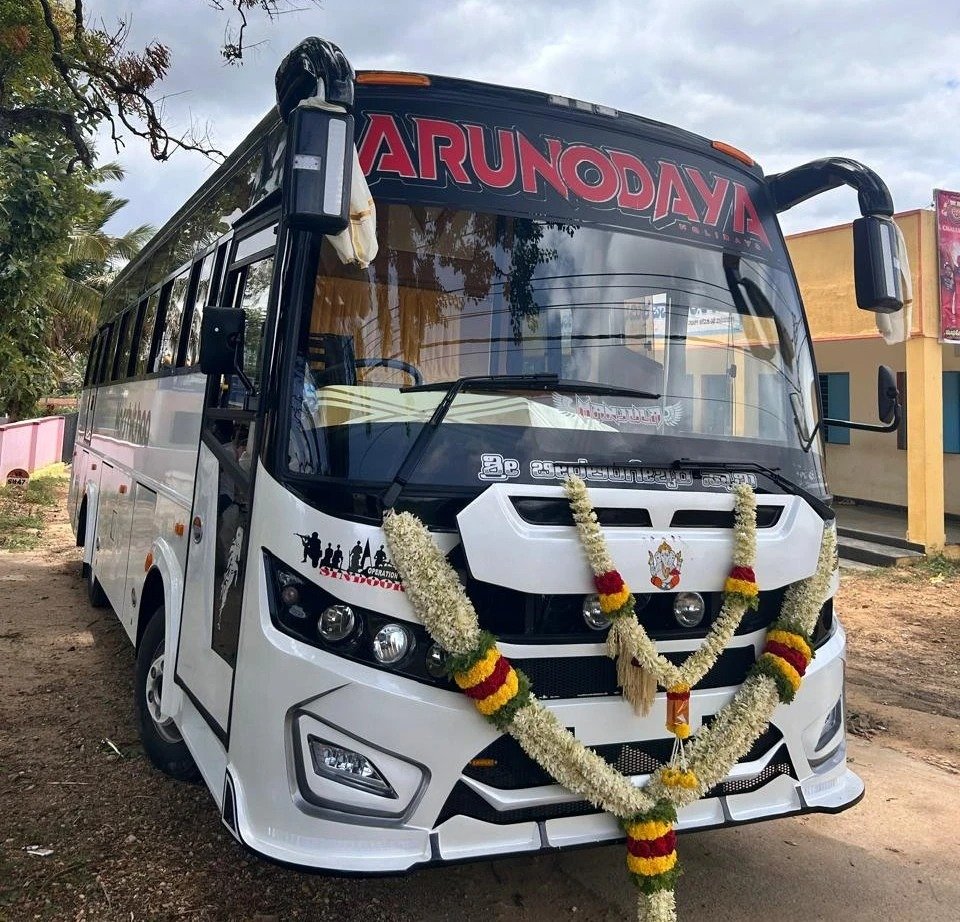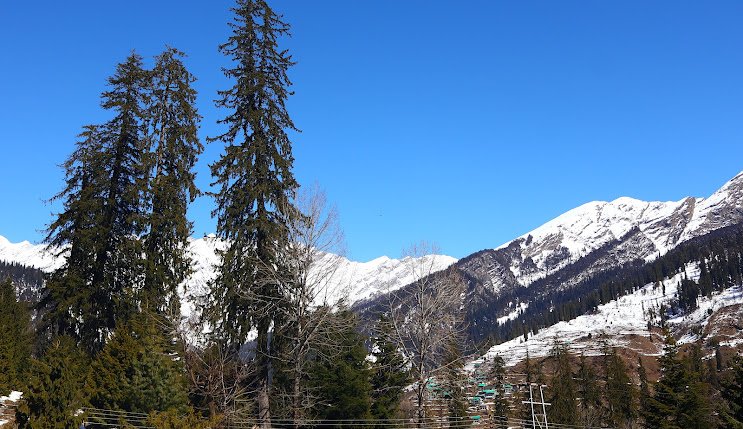Introduction
Kerala’s rich cultural heritage includes a variety of unique and mesmerizing art forms, among which Chakyar Koothu stands out for its exceptional storytelling and theatrical flair. This traditional performance art combines intricate gestures, expressive dialogue, and engaging narratives to bring ancient stories to life. If you are fascinated by the interplay of dance and drama in cultural traditions, Chakyar Koothu offers an enthralling glimpse into Kerala’s artistic legacy. This blog will delve into the art of Chakyar Koothu, exploring its history, performance elements, and how you can experience this captivating dance form.
What is Chakyar Koothu?
Chakyar Koothu is a classical form of storytelling dance-drama that originated in Kerala, performed exclusively by the Chakyar community. This art form is renowned for its ability to blend theatrical expression with vibrant storytelling, making it a central element of Kerala’s traditional performing arts. Typically performed in temple precincts and during religious festivals, Chakyar Koothu serves both as a form of entertainment and a means of conveying moral and spiritual messages through elaborate narratives.
Key Features of Chakyar Koothu
- Historical Origins: Chakyar Koothu has ancient roots in Sanskrit theatre and temple rituals. It evolved from traditional theatrical performances and was developed by the Chakyar community, which has been instrumental in preserving and promoting this art form over centuries.
- Performance Style: A Chakyar Koothu performance is characterized by its solo presentation by a male artist, who uses a combination of elaborate gestures (mudras), facial expressions (abhinaya), and vocal delivery to narrate the story. The performance often includes comedic elements and satire, engaging the audience through humor and wit.
- Costume and Makeup: The performer dons a traditional costume that includes a distinctive headdress, a colorful skirt, and intricate makeup. The makeup is designed to accentuate the performer’s expressions and to convey various characters and emotions effectively.
- Music and Accompaniment: The dance is accompanied by traditional percussion instruments like the ‘Chenda’ and ‘Maddalam,’ as well as melodic instruments such as the ‘Idakka.’ The music is integral to setting the tone and rhythm of the performance, enhancing the dramatic effect.
- Themes and Narratives: Chakyar Koothu performances often revolve around themes from Hindu epics, local legends, and contemporary social issues. The narratives are presented in a way that combines storytelling with dramatic expression, making the performance both educational and entertaining.
Frequently Asked Questions About Chakyar Koothu
- How Does Chakyar Koothu Compare to Other Traditional Dance Forms?
Chakyar Koothu is distinct from other traditional dance forms due to its emphasis on solo performance and storytelling. Unlike dance forms like Kathakali or Mohiniyattam, which involve group performances and elaborate choreography, Chakyar Koothu focuses on the individual artist’s ability to convey a story through expressive gestures, dialogue, and satire. Its integration of humor and social commentary also sets it apart.
- Where Can I Experience a Chakyar Koothu Performance?
To experience Chakyar Koothu, you should visit Kerala, where this art form is most actively performed. Major temples, cultural festivals, and dedicated performance venues such as the Koodiyattam Kendra in Thrissur often feature Chakyar Koothu. Checking local event listings and cultural programs can help you find upcoming performances.
- What Are the Common Themes and Stories in Chakyar Koothu?
Chakyar Koothu performances typically explore themes from Hindu epics like the Ramayana and Mahabharata, as well as local legends and contemporary issues. The stories are presented with a blend of dramatic and comedic elements, offering a rich narrative experience that engages and educates the audience.
- How Long Does a Chakyar Koothu Performance Usually Last?
A typical Chakyar Koothu performance can last between 60 to 90 minutes. The performance is structured in acts, each focusing on different parts of the narrative. The length can vary depending on the complexity of the story and the specific performance.
- Can Beginners Learn Chakyar Koothu?
Learning Chakyar Koothu requires significant dedication and training, given its intricate techniques and deep cultural roots. Beginners interested in this art form should seek out specialized workshops or training programs offered by cultural institutions in Kerala. Understanding the basics of traditional performance techniques, Sanskrit, and dramatic expression is crucial for mastering Chakyar Koothu.
Conclusion
Chakyar Koothu is more than just a dance form; it is a vibrant and engaging way of storytelling that encapsulates Kerala’s rich cultural and artistic heritage. Its unique blend of drama, dance, and satire makes it a captivating experience for audiences and an essential component of Kerala’s traditional performing arts. Whether you are a cultural enthusiast or someone looking to explore traditional arts, Chakyar Koothu offers an unforgettable journey into the heart of Kerala’s artistic traditions. Make sure to catch a performance or delve deeper into this fascinating art form—you won’t be disappointed.
Read More Blogs – Ottamthullal , Mohiniyattam , Kathakali



